Hello, Neighbor! Let’s Talk Down Payments
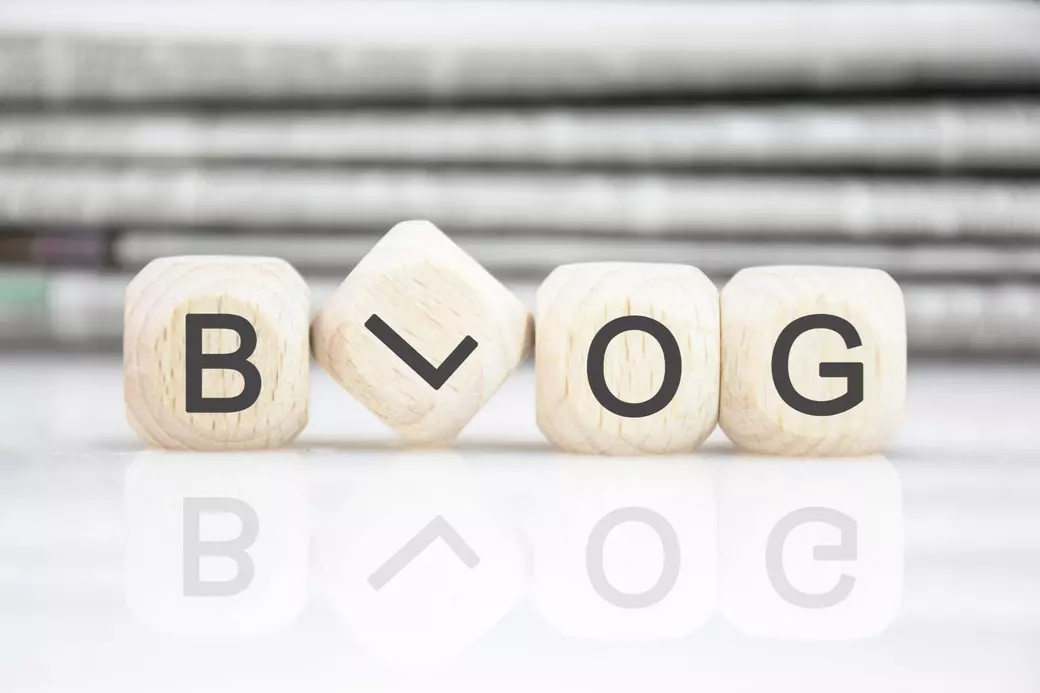
When it comes to purchasing a home, one of the most crucial decisions buyers face is determining the size of their down payment. The down payment can significantlyimpact your mortgage terms, monthly payments, and even your ability to secure a loan. Let's explore the pros and cons of different down payment options, ranging from 0% to 20%.
**0% Down Payment**
Pros:
- **Immediate Homeownership:** With no need to save for a down payment, you can become a homeowner much faster.
- **More Cash on Hand:** You retain more of your savings for other expenses or investments.
Cons:
- **Higher Monthly Payments:** Without a down payment, your loan amount will be higher, leading to larger monthly mortgage payments.
- **Private Mortgage Insurance (PMI):** Lenders typically require PMI for loans with less than 20% down, adding extra costs to your monthly payments.
- **Tougher Approval Process:** Securing a mortgage without a down payment can be challenging as it poses a higher risk for lenders.
**3.5% Down Payment**
Pros:
- **FHA Loan Eligibility:** Many Federal Housing Administration (FHA) loans accept as little as 3.5% down, making homeownership accessible to more buyers.
- **Lower Initial Cost:** This option requires less upfront cash compared to higher down payments.
Cons:
- **PMI Costs:** Similar to 0% down payments, you'll likely need PMI, which increases your monthly expenses.
- **Higher Interest Rates:** Lenders may charge higher interest rates due to the increased risk associated with lower down payments.
**5% Down Payment**
Pros:
- **Conventional Loan Access:** A 5% down payment often qualifies you for conventional loans, which might have better terms than FHA loans.
- **Slightly Lower Monthly Payments:** Compared to 0% or 3.5%, the slightly larger down payment reduces your loan amount and monthly payments.
Cons:
- **PMI Requirement:** You'll still need PMI until you reach 20% equity in your home.
- **More Savings Needed:** Saving for a 5% down payment takes longer and requires more financial discipline than lower options.
**10% Down Payment**
Pros:
- **Lower Monthly Payments:** With more money down, your loan amount decreases, resulting in lower monthly mortgage payments.
- **Better Loan Terms:** Lenders may offer more favorable interest rates and terms with a higher down payment.
Cons:
- **Significant Savings Required:** Accumulating 10% can be challenging for many buyers and may delay your home purchase.
- **Still Requires PMI:** Though reduced compared to smaller down payments, you'll still need PMI until reaching 20% equity.
**20% Down Payment**
Pros:
- **No PMI Required:** Avoiding PMI can save you hundreds of dollars each month.
- **Lower Interest Rates:** Lenders often provide better interest rates with larger down payments due to reduced risk.
- **Increased Equity from Day One:** Starting with substantial equity can protect against market fluctuations and provide financial stability.
Cons:
- **Large Upfront Cost:** Saving for a 20% down payment can take years and may require significant financial sacrifices.
- **Opportunity Cost:** Tying up a large portion of your savings in a home could limit other investment opportunities or emergency funds.
In conclusion, choosing the right down payment depends on your financial situation, long-term goals, and risk tolerance. While larger down payments offer benefits like lower monthly payments and avoiding PMI, they require substantial savings. Smaller down payments make homeownership more accessible but come with higher costs over time. Evaluate your options carefully to determine what best aligns with your personal circumstances and financial objectives.
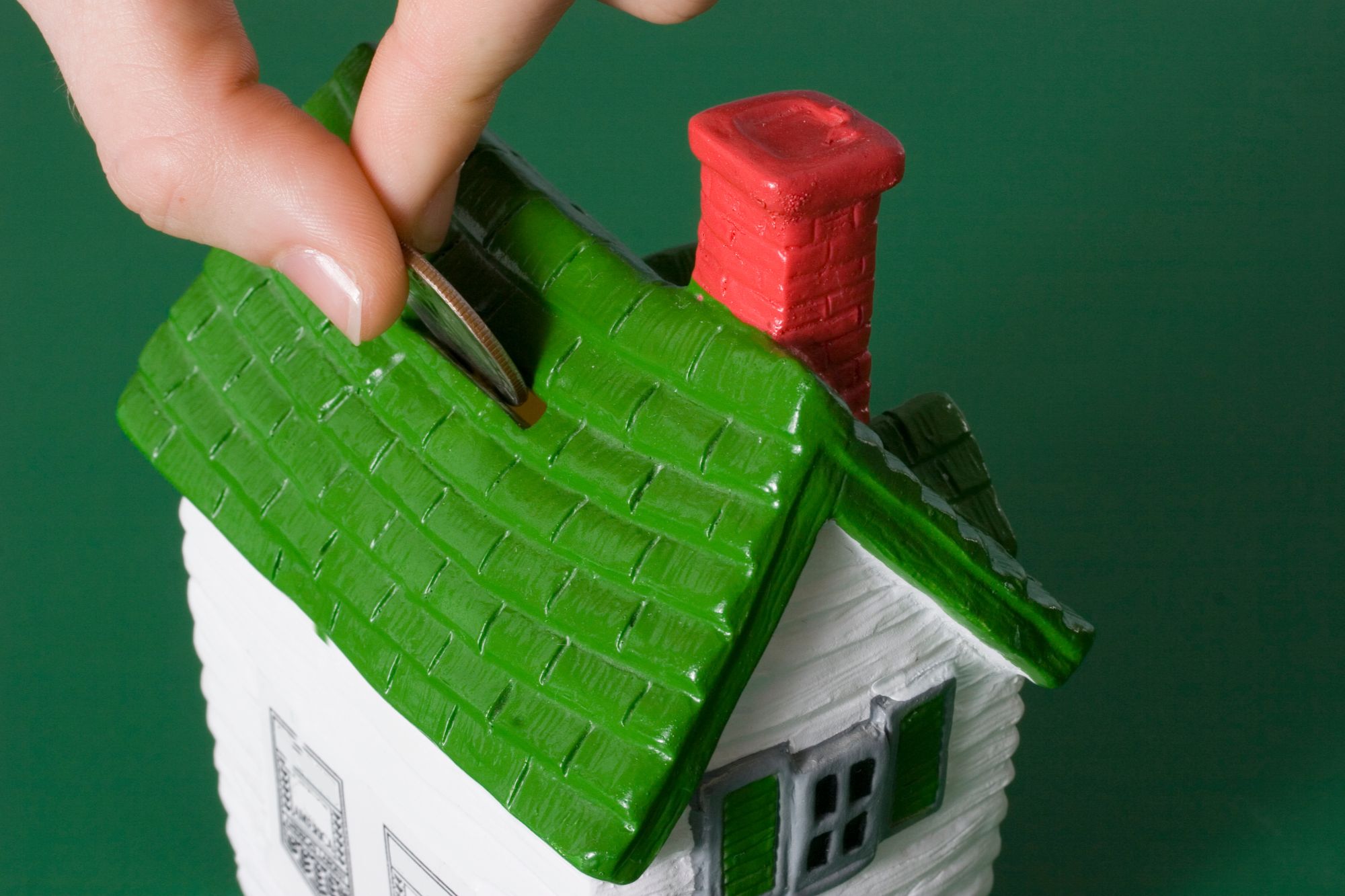
Categories
Recent Posts
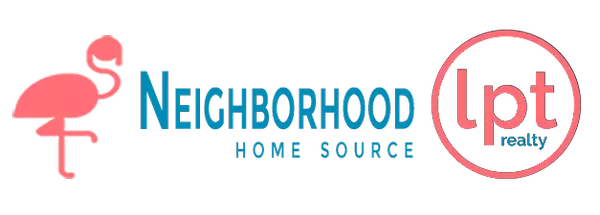


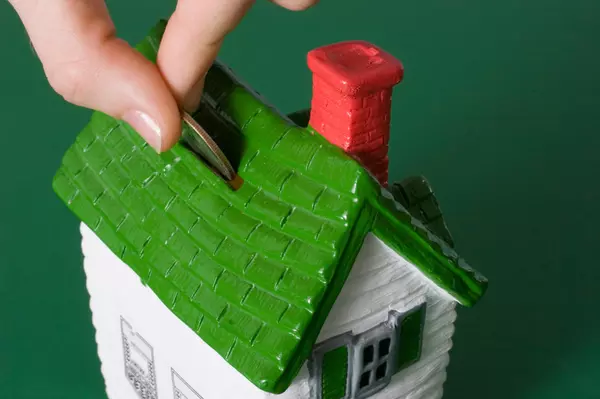
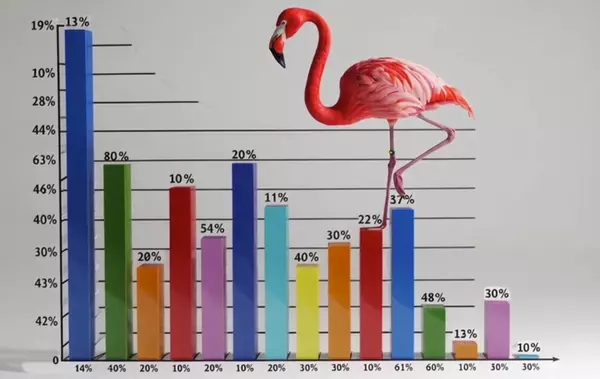
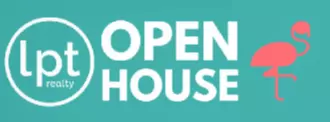

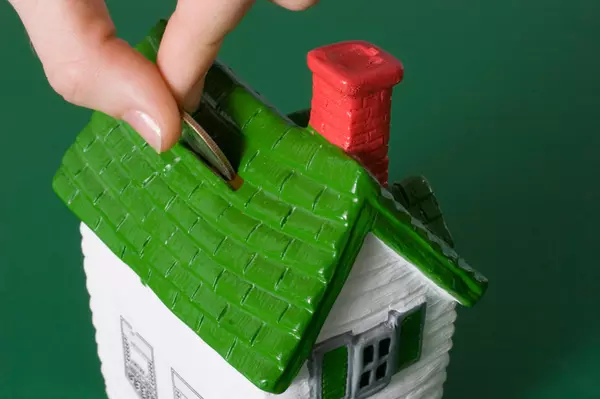

"Molly's job is to find and attract mastery-based agents to the office, protect the culture, and make sure everyone is happy! "
GET MORE INFORMATION
